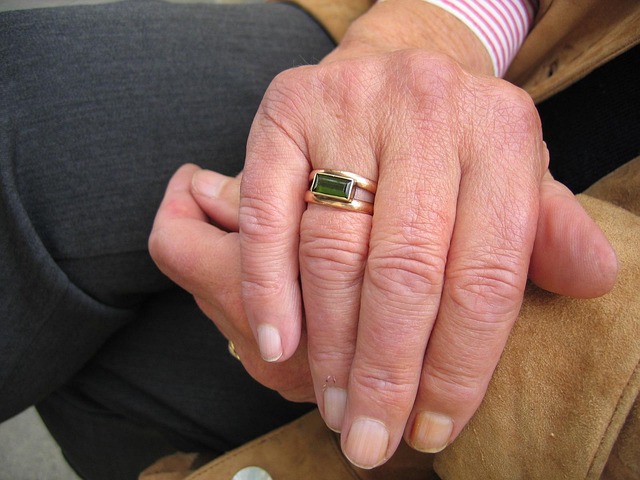Creating a comfortable environment in care homes is essential for the well-being of residents. A thoughtfully designed space improves physical comfort and significantly impacts emotional and mental health. This blog explores the multifaceted benefits of comfortable care settings, highlighting how they contribute to a higher quality of life for elderly residents.
Enhancing Physical Comfort
Physical comfort is the foundation of a positive care environment. Proper temperature control, ergonomic furniture, and well-maintained facilities ensure that residents feel at ease in their surroundings. For instance, adjustable beds and chairs can accommodate individual needs, promoting better posture and reducing physical strain.
On top of this, ensuring that living spaces are clutter-free and well-organized can prevent accidents and promote a sense of calm. Non-slip flooring, handrails, and adequate lighting are crucial elements that contribute to the safety and comfort of residents.
Promoting Mental and Emotional Well-being
A comfortable environment extends beyond physical comfort; it plays a pivotal role in mental and emotional health. Thoughtfully designed spaces that incorporate natural light, pleasant colors, and personal touches can uplift residents’ spirits and reduce feelings of anxiety and depression.
Moreover, access to nature, such as gardens or outdoor seating areas, provides residents with opportunities for relaxation and reflection, further enhancing their emotional well-being.
Encouraging Social Interaction
Social engagement is vital for the mental health of elderly people. Comfortable care settings facilitate social interactions by providing communal spaces where residents can gather, converse, and participate in group activities.
Regular socialization helps combat loneliness and creates a sense of community among residents. Activities like group exercises, arts and crafts, and movie nights not only entertain but also strengthen bonds between residents and staff.
Supporting Independence and Dignity
A comfortable environment empowers residents to maintain their independence and dignity. Personalizing living spaces with familiar items, such as photographs or favorite blankets, allows residents to retain a sense of identity and control over their surroundings.
Furthermore, incorporating accessible design features, like adjustable furniture and easy-to-navigate layouts, enables residents to move freely and perform daily activities with minimal assistance, promoting self-esteem and autonomy.
Case Study: Mavern House Care Home in Corsham
An exemplary model of a comfortable care setting is Mavern House care homes in Corsham. This facility prioritizes resident comfort through its thoughtfully designed spaces and personalized care approach. Residents at Mavern House benefit from spacious rooms, access to nature, and a variety of social activities that cater to a wide range of interests and abilities.
The home’s commitment to creating a homelike atmosphere makes sure that residents feel valued and at ease, contributing to their overall well-being.
Summing It All Up
Long-term care offers a variety of benefits that improve the quality of life for people who need support with daily living. From the flexibility of care plans to the emotional and social advantages, long-term care helps ensure that people live their lives with dignity, independence, and security. By choosing the right care option, families can ensure their loved ones are well-supported and receive the best possible care tailored to their needs—today, tomorrow, and well into the future.










